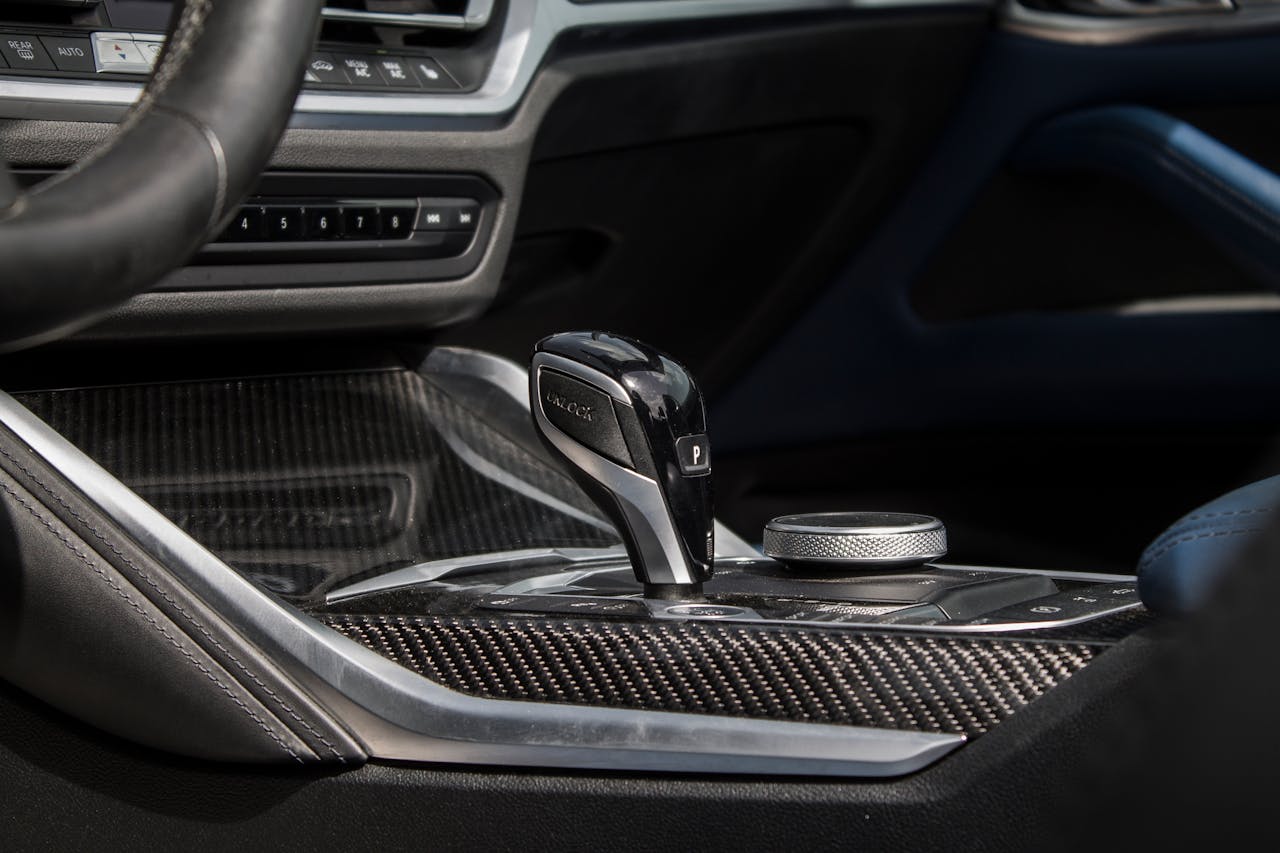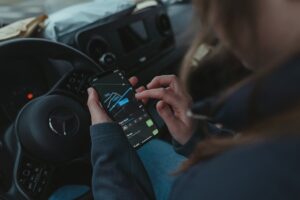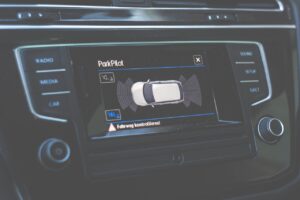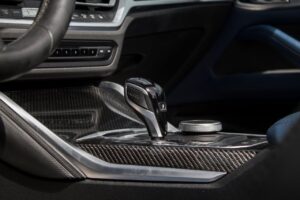Intro
Not long ago, in-car systems were built for one main job: getting you where you need to go. But the role of technology inside vehicles is changing fast. It’s no longer just about directions — it’s about building a relationship between the car and the person driving it.
A Shift in What Drivers Expect
Today’s drivers want more than a screen that tells them where to turn. They want their car to understand them. That means knowing when they’re running late, suggesting a better playlist for a morning commute, or adjusting the cabin temperature without being asked.
At Telocimind, we call this the move from navigation to companionship. And it’s reshaping how we design every in-car interaction.
More Than Just Features — It’s About Feeling
When a car recognizes your voice, responds to your mood, and helps you stay focused, it stops being just a machine. It becomes something that feels supportive. Our systems don’t just provide information — they offer calm, clarity, and connection.
Imagine this: You enter your car after a long day. It dims the lights, plays soft music, and asks if you’d like to avoid heavy traffic. That’s not just smart. That’s thoughtful.
The Tech Behind the Relationship
How do we get there? By combining real-time data, behavioral patterns, and AI that runs directly in the car — without delay. This makes every ride feel personal, adaptive, and safe.
Your car remembers how you like to drive on weekdays vs. weekends. It knows when to be quiet, and when to help. And it learns, so every ride is better than the last.
Closing Thought
The future of driving isn’t just hands-free or electric — it’s emotionally connected.
At Telocimind, we’re designing vehicles that don’t just guide the road, but ride alongside you — like a true companion.





